Summer is conference season and the members of Chem. Cryst. have been on the road to the ACA in Boston and the ECM in Bergen. In September, Kirsten will also be attending the 7th International Conference on Aperiodic Crystals, to be hosted in Cairns, Australia. Contributions include:
David J. Watkin, Richard I. Cooper & Anna Collins
Z’>1 Structures. Just a Nuisance or Something More Interesting? (ACA; Oral presentation)
Karim J. Sutton, Richard I. Cooper, Kirsten E. Christensen, Amber L. Thompson, David R. Allan & Sarah A. Barnett
Exploiting the Tunable Wavelength Capabilities of Synchrotron Radiation for Small Molecule Single Crystal X-ray Crystallography (ACA; Prize winning oral presentation)
Richard I. Cooper
CRYSTALS: Teaching an Old Dog New Tricks (ACA; Oral presentation)
Amber L. Thompson
When Small Molecules Get Large – A Journey into the Unknown (ECM; Oral presentation)
Anthony Linden & Amber L. Thompson
Hot topics and Structures in Molecular Chemistry (ECM; Microsymposium)
Kirsten E. Christensen & Amber L. Thompson
New Challenges in Chemical Crystallography (Aperiodic; Oral presentation)

Along the bryggen in Bergen
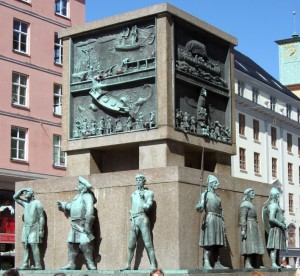
In Bergen

Something smells a little fishy
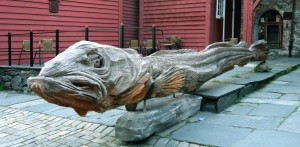
A BIG fishy!

It really *IS* that expensive in Norway!

Albert Einstein or Edvard Greig?
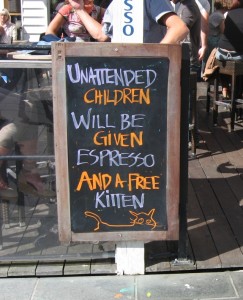
Norwegian Humour
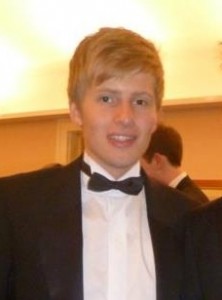
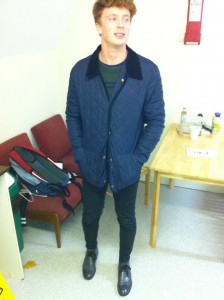
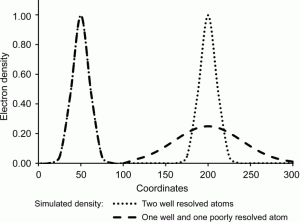 The traditional Waser distance restraint, the rigid-bond restraint and atomic displacement parameter (ADP) similarity restraints have an equal influence on both atoms involved in the restraint. This may be inappropriate in cases where it can reasonably be expected that the precision of the determination of the positional parameters and ADPs is not equal, e.g. towards the extremities of a librating structure or where one atom is a significantly stronger scatterer than the other. In these cases, the traditional restraint feeds information from the poorly defined atom to the better defined atom, with the possibility that its characteristics become degraded. The modified restraint described here feeds information from the better defined atom to the more poorly defined atom with minimal feedback.
The traditional Waser distance restraint, the rigid-bond restraint and atomic displacement parameter (ADP) similarity restraints have an equal influence on both atoms involved in the restraint. This may be inappropriate in cases where it can reasonably be expected that the precision of the determination of the positional parameters and ADPs is not equal, e.g. towards the extremities of a librating structure or where one atom is a significantly stronger scatterer than the other. In these cases, the traditional restraint feeds information from the poorly defined atom to the better defined atom, with the possibility that its characteristics become degraded. The modified restraint described here feeds information from the better defined atom to the more poorly defined atom with minimal feedback.


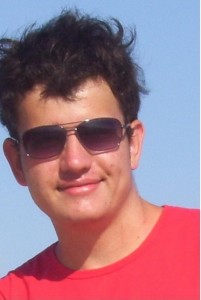







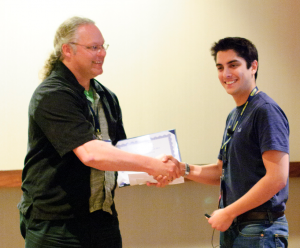 Congratulations to
Congratulations to